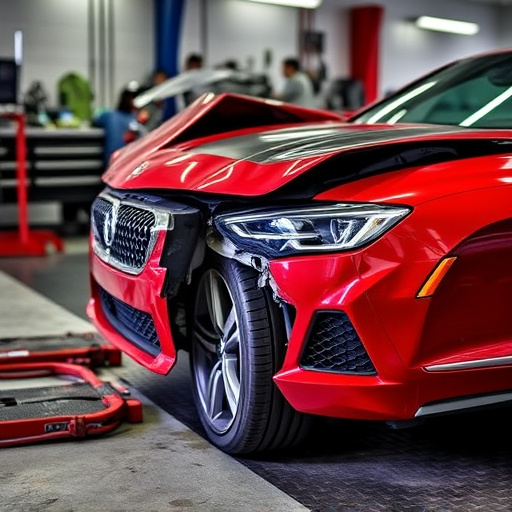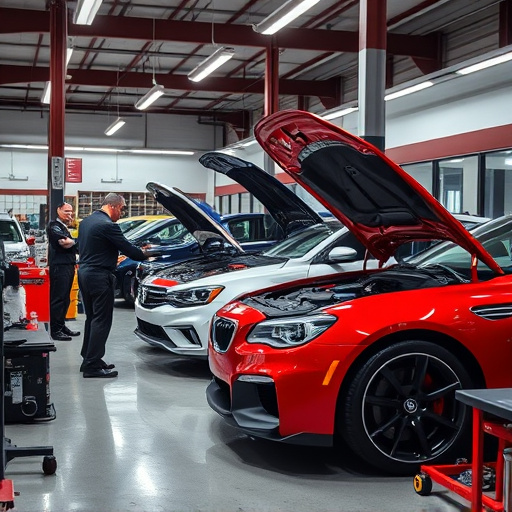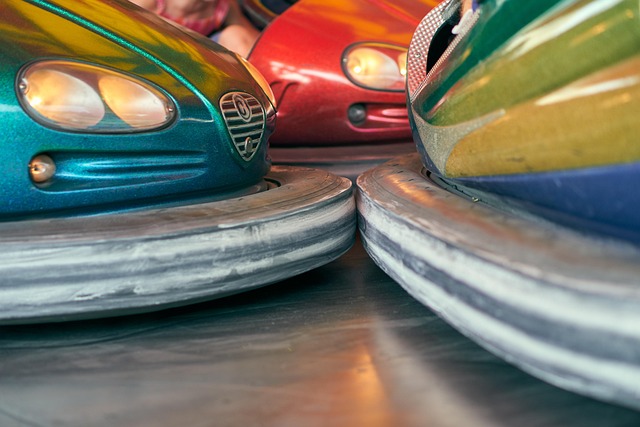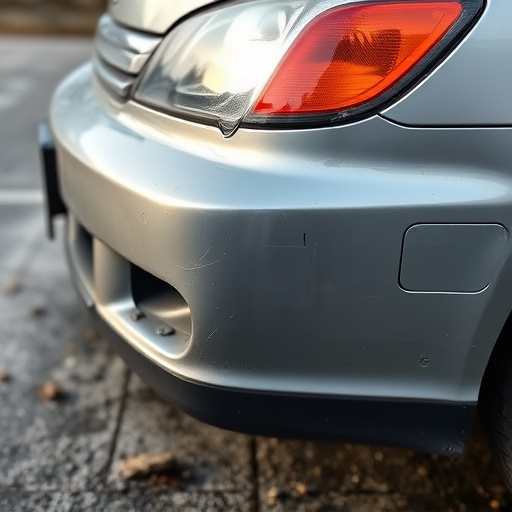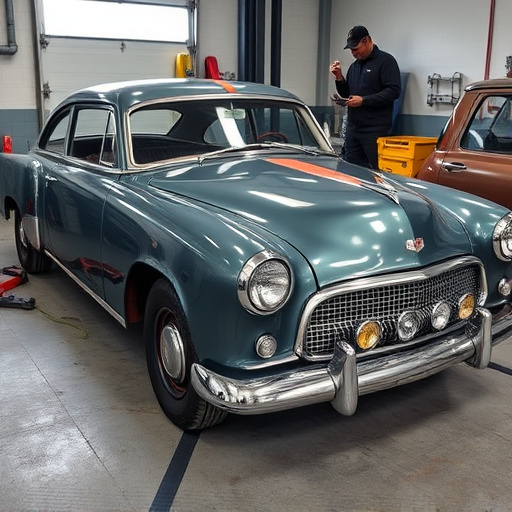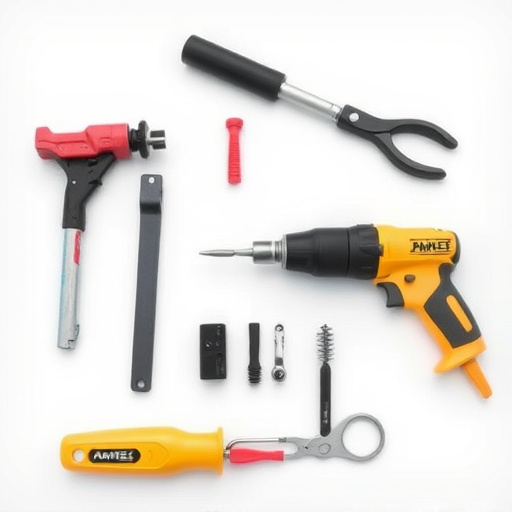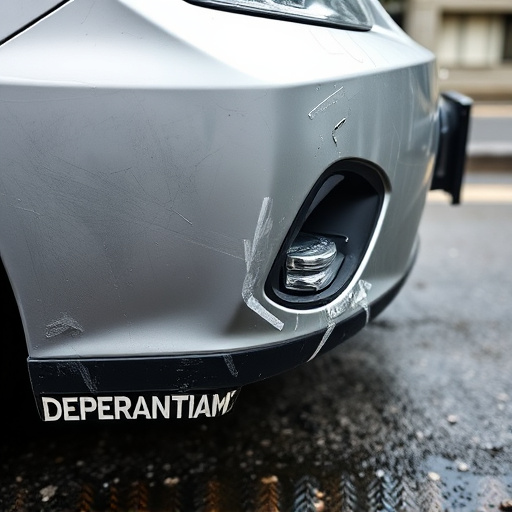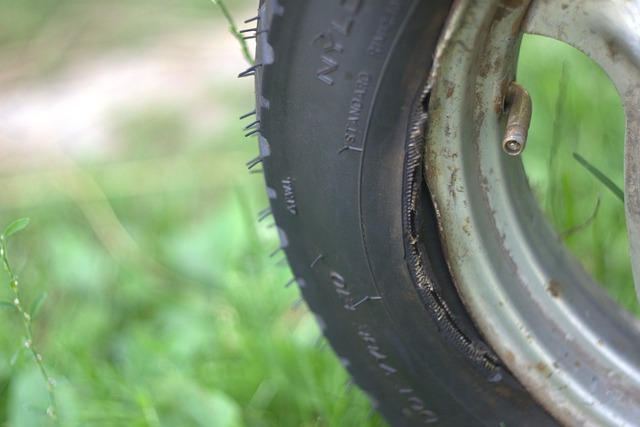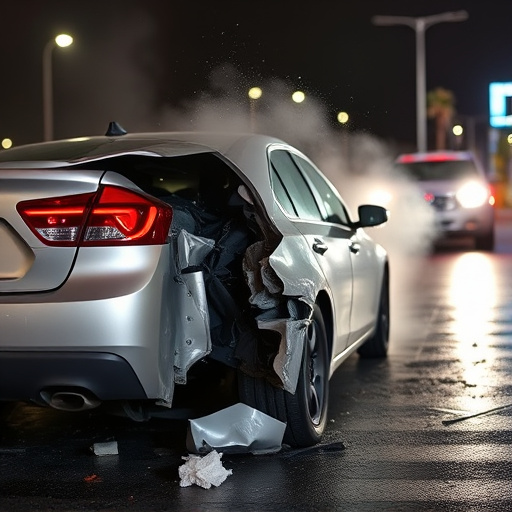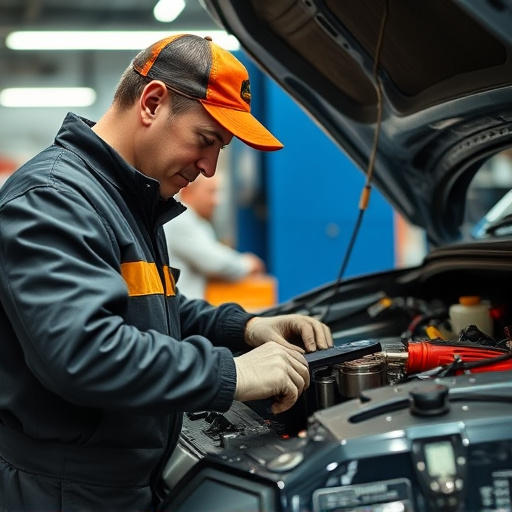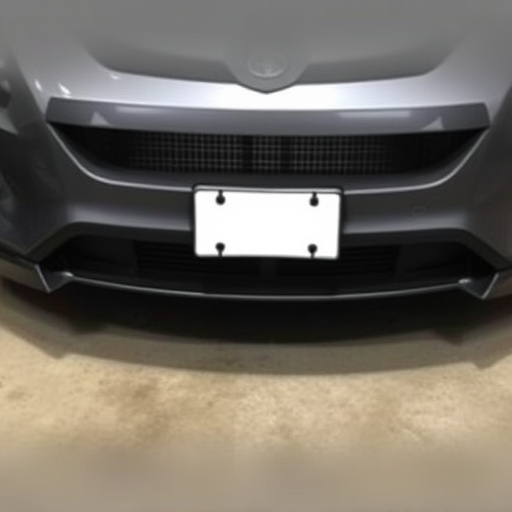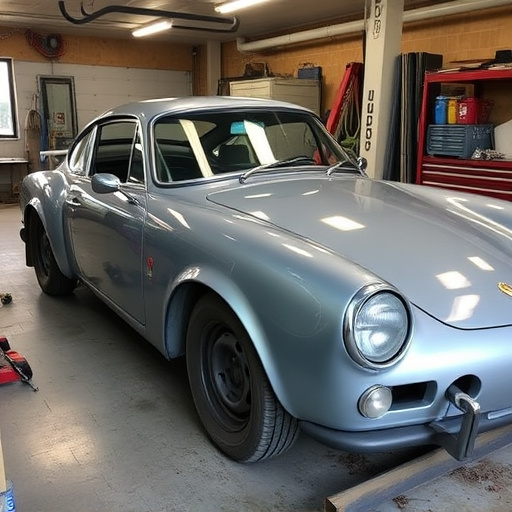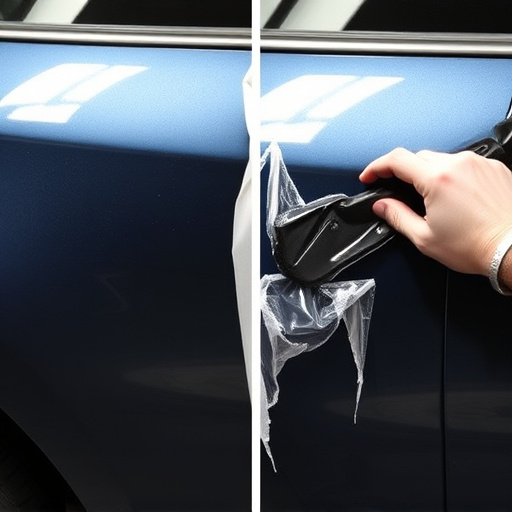Seat repair in collision damage cases is a critical, multi-step process focusing on structural integrity and passenger safety. Skilled auto body shops use advanced diagnostics to assess visible and hidden damages, employing personal protective equipment (PPE) and specialized tools for precise repairs. This includes realigning frames, repairing or replacing parts, and restoring seats to pre-accident condition while ensuring optimal functioning of safety features like airbags and belt systems. Quality control measures guarantee repairs meet original equipment standards, fostering client trust through comprehensive services including tire care and vehicle restoration.
In the aftermath of a collision, seat repair is a critical component of vehicle restoration. This article delves into the safety precautions taken during seat repair for collision damage cases. From understanding the intricacies of the process to implementing meticulous safety measures and ensuring top-quality workmanship, we explore best practices designed to protect both technicians and passengers. By adhering to stringent protocols, auto shops deliver safe, reliable, and customer-satisfying repairs.
- Understanding Seat Repair in Collision Damage Cases
- Precautions and Safety Measures Taken During the Process
- Ensuring Quality and Customer Satisfaction After Repairs
Understanding Seat Repair in Collision Damage Cases
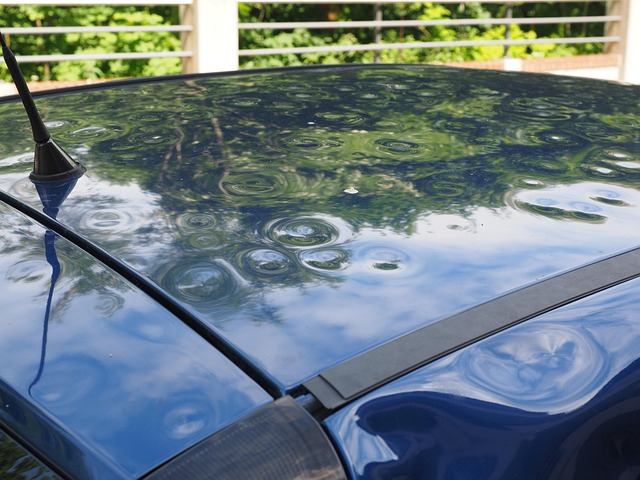
Seat repair in collision damage cases is a critical aspect of auto body restoration, focusing on both structural integrity and passenger safety. When a vehicle is involved in an accident, the seats often bear the brunt of the impact, sustaining significant damage that can range from visible tears to hidden internal issues. Understanding seat repair involves recognizing these various damage types and the specialized techniques used to address them.
Auto body shops skilled in seat repair collision damage employ advanced diagnostic tools to assess the extent of harm. This meticulous process includes inspecting frames, springs, and other components for misalignment or deformation. Once identified, damaged parts are either repaired or replaced, ensuring the seat not only looks like new but also functions correctly and meets safety standards. Auto frame repair techniques play a pivotal role in realigning structural elements, while auto body restoration methods are used to revive the aesthetic appeal of the seats, seamlessly integrating them back into the vehicle’s interior.
Precautions and Safety Measures Taken During the Process
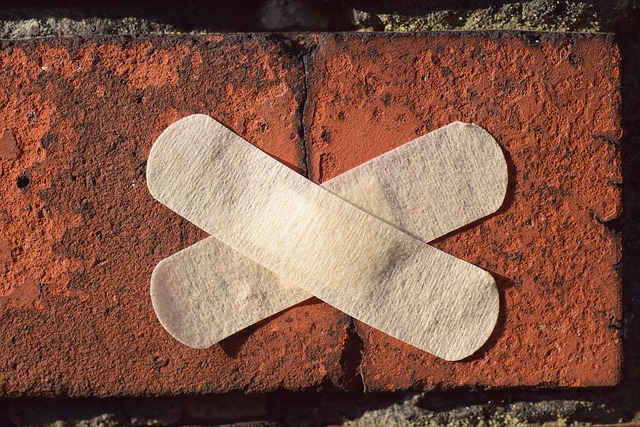
When addressing seat repair collision damage, safety is paramount. Before beginning any repairs, a thorough assessment of the vehicle’s interior and overall condition is conducted. This involves identifying the extent of the damage to the seats, as well as checking for potential hazards or vulnerabilities in the surrounding structure. Advanced diagnostic tools may be employed to determine the best course of action, ensuring that every step taken during the repair process adheres to safety standards.
In an automotive body shop, experienced technicians prioritize safety by donning appropriate personal protective equipment (PPE), including gloves, eye protection, and masks. They also use specialized tools designed for precise and safe manipulation of vehicle components. During seat repair collision damage restoration, specific attention is given to ensuring the integrity of structural elements connected to the seats. This meticulous approach, combined with adherence to industry best practices, guarantees that when the repairs are complete, the vehicle’s safety features—including airbags and belt systems—function optimally.
Ensuring Quality and Customer Satisfaction After Repairs

After a collision, ensuring quality and customer satisfaction during seat repair is paramount. Skilled technicians at reputable collision repair centers employ meticulous techniques to restore seats to their pre-accident condition, prioritizing safety and comfort. This involves not just fixing visible damage but also checking for hidden issues that could compromise structural integrity. Quality control measures, such as thorough inspections and adherence to industry standards, guarantee repairs that meet or exceed original equipment specifications.
Customer satisfaction is a key indicator of successful seat repair. Beyond ensuring the seat functions properly, technicians strive to match the original aesthetics, including color, texture, and trim. Many collision repair centers also offer additional services like tire services and vehicle restoration to cater to comprehensive customer needs. By focusing on both technical proficiency and excellent service, these centers foster trust and ensure that clients are satisfied with the final outcome.
When it comes to seat repair following collision damage, prioritizing safety is paramount. By adhering to stringent precautions and employing skilled technicians, auto body shops ensure a secure and reliable restoration process. From meticulous disassembly to careful replacement and rigorous quality checks, every step is crucial in maintaining passenger safety. Through these comprehensive measures, seat repairs not only restore functionality but also guarantee customer satisfaction, ensuring peace of mind on the road ahead.
